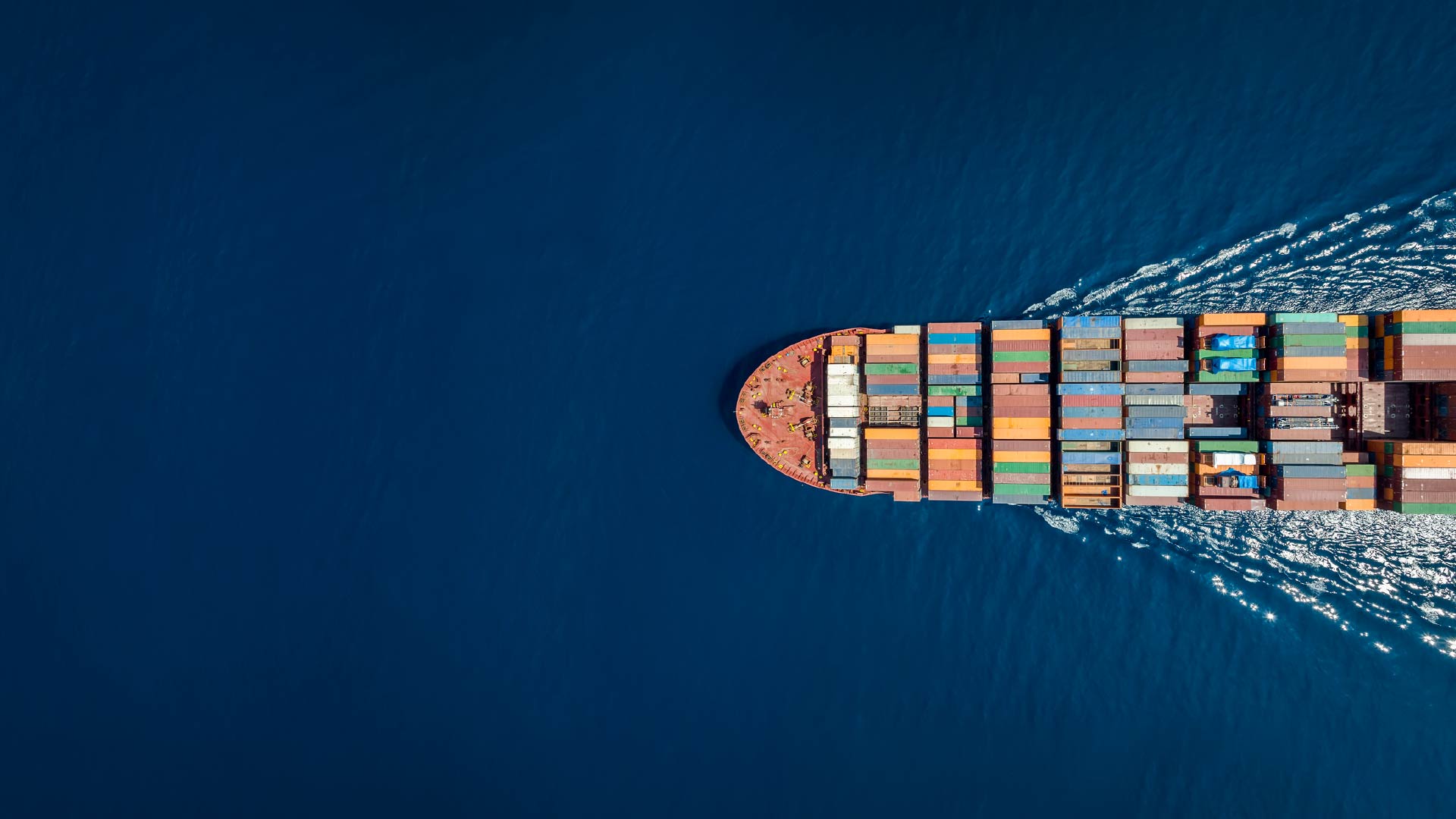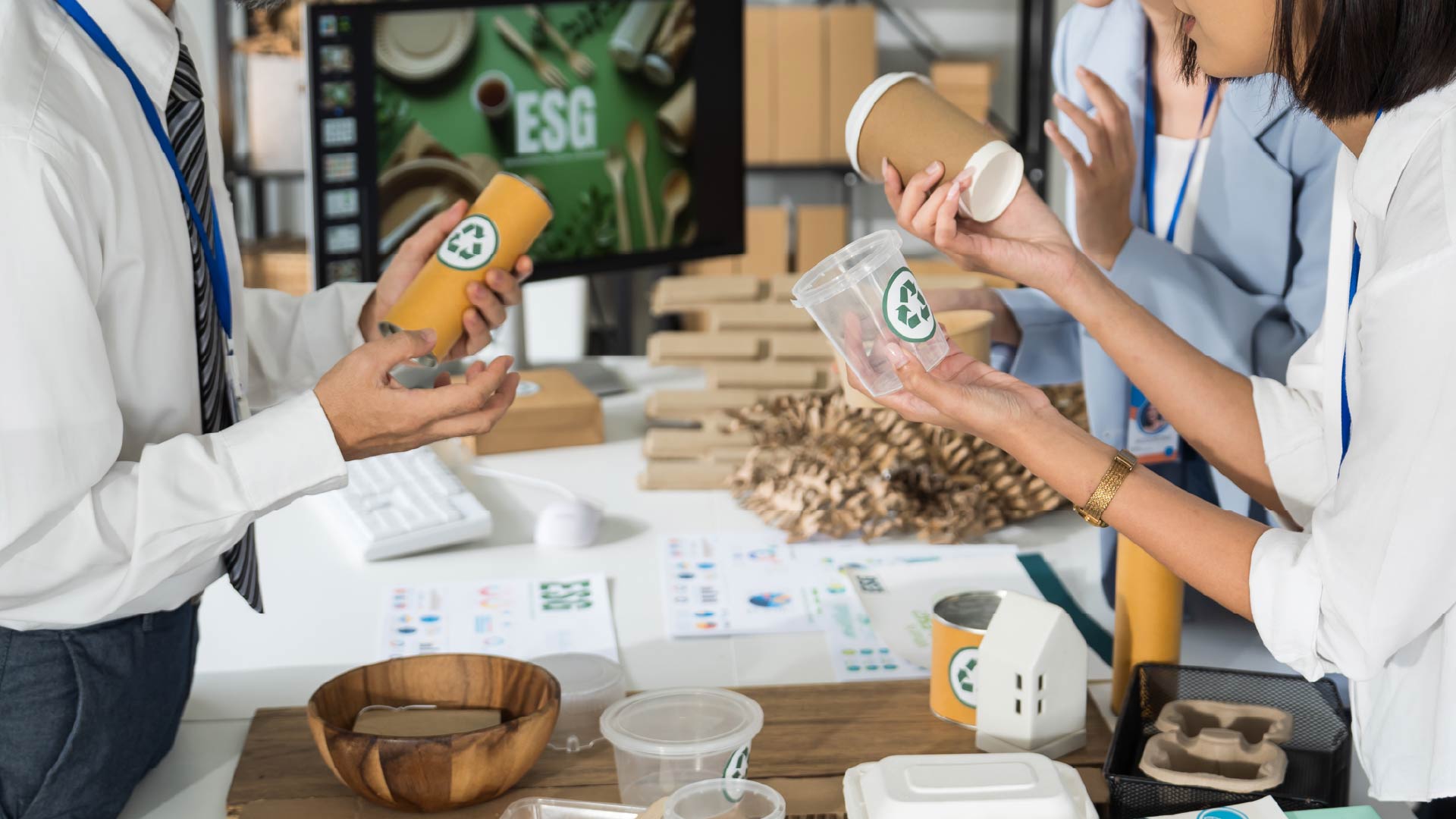From Trash To Treaty: Un-Pack(ag)ing The Plastic Pollution Treaty So Far
Plastic pollution is a global problem: up to 23 million tonnes of plastic waste leaks into lakes, rivers, seas and oceans annually. As it stands, this figure is set to increase by 50% between now and 2040 – but the Intergovernmental Negotiating Committee (INC) intends to change this. The latest attempt at achieving a legally binding international instrument to end plastic pollution rests in the hands of over 3,700 participants, from 184 countries and 619 observer organizations, presently negotiating in Geneva.
The story so far
Resolution 5/14, adopted by the UN Environment Assembly on March 2, 2022, kicked off the UN’s attempt to achieve a legally binding instrument to prevent plastic pollution – colloquially known as the Plastic Pollution Treaty. So far, five formal rounds of negotiation have taken place, from INC-1 (Punta del Este, Uruguay, November 2022) to INC-5.1 (Busan, South Korea, November 2024).
Snagging points persevere as oil-producing nations and industry-heavy economies stand in opposition to those seeking more binding and significant regulations on virgin plastic production, including the EU and many small island states.
The latest iteration of negotiations presently underway at INC-5.2 in Geneva seeks to overcome three key issues:
- Plastic production quotas
- Chemical regulation
- Financial support
Why should firms care?
If business leaders haven’t prepared adequately, a robust and binding Plastic Pollution Treaty could lead to significant supply chain disruption and increased compliance burdens and costs – including those associated with increases in extended producer responsibility (EPR) requirements, such as contributions to clean-up costs. Caps on plastic production may lead to short-term shortages in access to specific materials, and stricter regulations on chemicals and microplastics will require additional investment into digital solutions such as traceability software.
While this suggests that transitioning to greater recycled content in raw materials and operational developments toward greater circularity would be fruitful in the face of an anticipated Plastic Pollution Treaty, the reality is that any such agreement is far from imminent. Negotiations continue to develop and concerns that no significant agreement will be made by the end of this round are not unfounded. Furthermore, the implementation of any provisions, still to be agreed, will most likely be phased in gradually – affording organizations time to adapt.
So, firms have a question to ask themselves: “should we wait?”
Decision-makers that are hesitant to act until it becomes a compliance necessity should remember that the business case for sustainability, in terms of both environmental and operational concerns, continues to progress:
- EPR is becoming an increasingly significant aspect of sector-specific regulations, such as the EUBR and its requirements for digital product passports (DPPs) by 2027.
- Traceability capabilities, alongside the ability to demonstrate circular business models, remain commercially beneficial as green claims are examined and fines are issued.
- Innovation brings competitive advantages, as markets for sustainable products grow faster than conventional equivalents.
For more information on sustainable products, keep an eye out for our upcoming report, Market Trends: Sustainable Products – From Product Design To Re-Use.
About The Author

Callum Millard
Analyst





